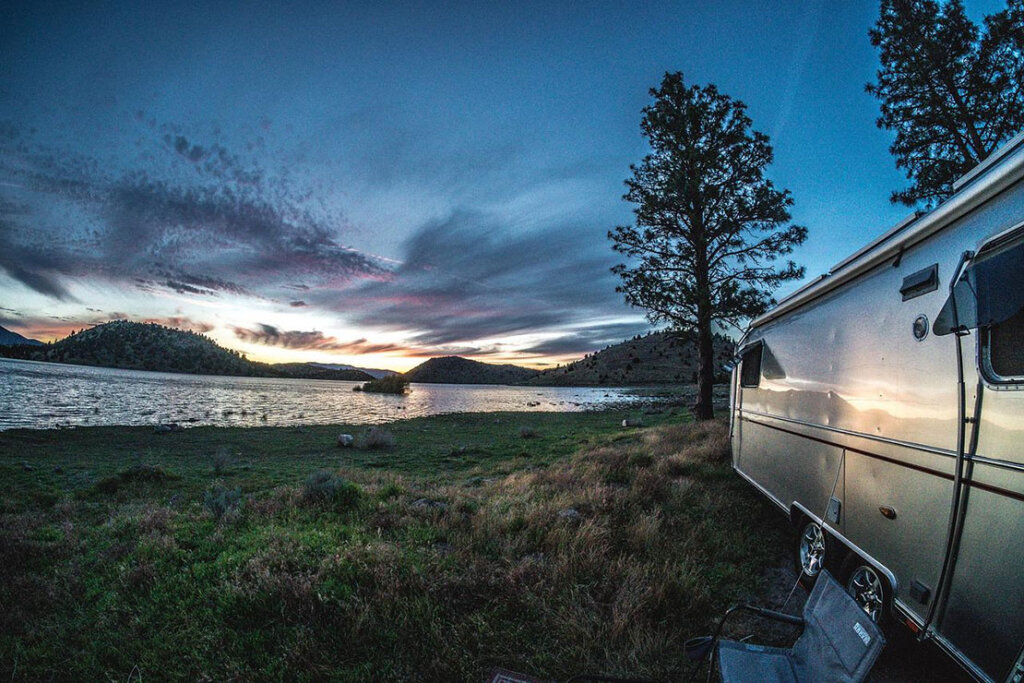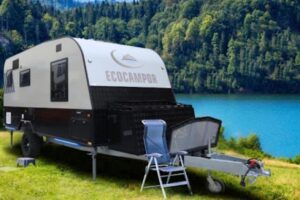How Do RV Holding Tank Sensors Work?
A tank sensor works very similarly to how a fuel gauge functions in a car. The sensor will monitor the levels of liquid in the holding tank as they raise and lower, and display this level to the user on some form of interface.
Sensor Displays
The display interface you will encounter on an RV tank sensor system will typically be fairly simple, with incremental fractions displayed (1/4, 1/2, 3/4), and a small light that illuminates when you check how full your tanks are. If the light next to the 1/2 fraction lights up, you know you have about 1/2 a tank of fresh water, or that one of your waste tanks has been filled halfway.
If your freshwater tank sensor lights up next to the “E”, you better scurry on over to a potable water spigot, because you’re out of water bud.
Some people have sensors installed in their tanks that have a digital interface. These displays give the user a more accurate reading because instead of jumping from 1/2 full to 3/4 full, you can get a more nuanced percentage, such as 55% or 68%. There are RVers that get peace of mind knowing the precise levels of their tanks.
Analog displays like in the picture above are very uncommon, but every once and a while you may come across a refurbished vintage RV with an analog display. Typically these are installed purely for the retro aesthetic.
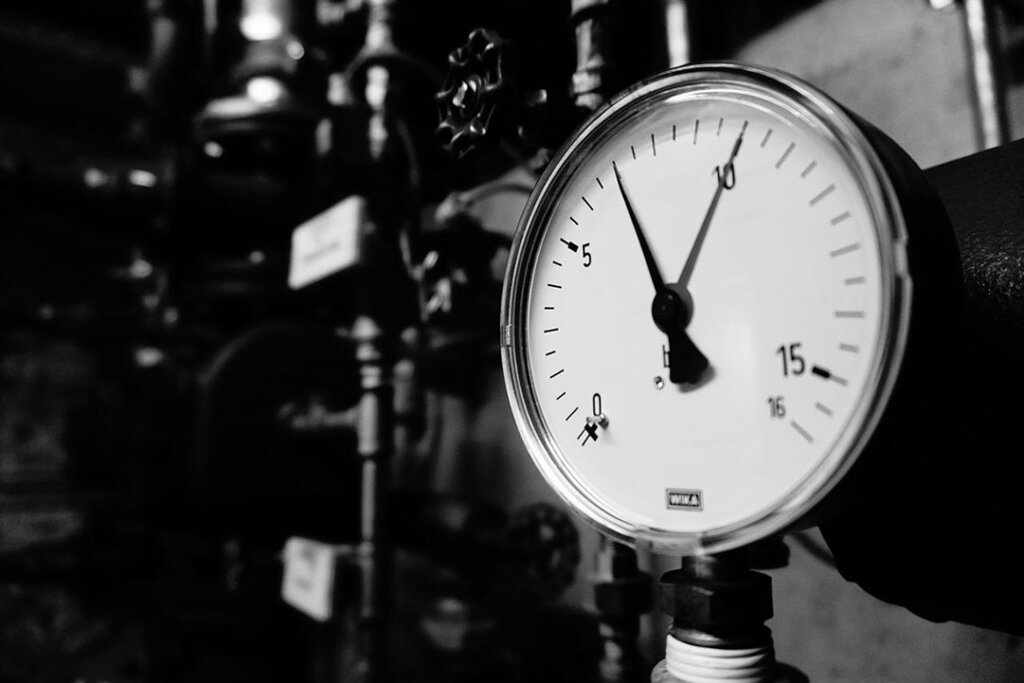
Types of RV Tank Sensors
Starting with the most popular sensor choice amongst manufactures, I’m going to walk you through the three types of tank sensors that are most commonly found in campers. Each of these sensors require different installation methods and maintenance to function.
Spend some time talking rigs with seasoned RVers and you encounter some people that have strong opinions about the “best” type of tank sensor. Factors that can influence an RVer’s preferred type of sensor include:
- Frequency and type of maintenance required
- Installation requirements
- Cost
Most folks are going to stick with whatever type of sensor came stock with their RV and never give it a second thought. Why fix what isn’t broken, right?
Others will realize over time that their tank sensors don’t fit with their lifestyle, and will opt to have an aftermarket sensor installed in their tanks.
Probe Sensors
Probe sensors, also referred to as “through-wall” sensors, use stainless steel screws or rods and a small electrical charge to sense the level of liquid in your holding tank.
To someone unfamiliar with electrical conductivity, this might be a bit tricky to understand but I’ll do my best to explain.
Essentially, once installed in the tank, there are several sensors performing different tasks. These sensors are all installed at different positions within the tank:
- “Negative” or “ground” sensor, installed at the very bottom of the tank
- “Positive” sensors, also known as “leads”, installed incrementally up the inner wall of tank
As the levels of liquid in the tank rise and lower, the electrical charge emitting from each lead creates a circuit with the ground sensor (a circuit is a continuous flow of electricity from a positive to a negative lead).
Once a circuit is complete, wires running to your tank sensor control panel will illuminate a light, giving you a relatively accurate reading on the levels within your tank.
The positioning of the leads is going to differ with each RV manufacturer and brand of probe sensor. Many holding tank sensor units have the leads installed at the 1/3 mark, 2/3 mark, and full mark, all the way at the top of the tank. Others have them installed at 1/4 increments.
Personally, I prefer my tank sensors to be in 1/4 increments. I like to know the levels of my holding tanks as precisely as possible, and to me, thirds aren’t accurate enough.
Probe Sensor Pros
The greatest advantage to installing probe sensors is the cost. These sensors can be ordered cheaply offline and bought cheaply at RV supply stores. When bought wholesale, the prices go way down, which is why they are the sensor of choice for many RV manufacturers.
They also don’t have moving parts, which is typically a good thing because parts that don’t move are durable and don’t need replacing often.
Probe Sensor Cons
The main drawback to having probe style sensors has to do with the way that gunk can build up in your holding tanks.
This is not a problem you will encounter in your freshwater tank, but both your grey and black water tanks are susceptible to the accumulation of waste and waste by-products if not cleaned often and thoroughly. Once gunk builds up on your tank sensors they can give false readings, leading to potentially uncomfortable and costly issues. More on that later.
Exterior Sensors
These sensors are similar to probe sensors in that they use an electrical current to sense the level of liquids housed in holding tanks. The difference between the two is that exterior sensors, also known to some as electrical resistance sensors, are mounted on the outside of the tank instead of the interior.
Mounted in similar increments up the exterior of the tank, these sensors are able to sense the level of liquid inside of the tank, and relay that information to the tank monitor panel.
Pros
While not quite as cheap as probe sensors, these monitoring systems won’t break the bank if they need to be replaced. They also aren’t quite as invasive in the tank when they do need replacing, because there are no parts housed within the tank.
A significant difference between the two is how gunk will affect the functionality of the system. Because they are externally mounted, waste and debris will not be able to build up on the sensor itself, which prevents the need for frequent cleaning.
Cons
Gunk will not be able to build up on an exterior sensor, but it can still negatively affect the system and cause issues and false readings. If debris builds up on the walls of your tank, it can cause the sensor to think there is more fluid in your holding tank than there actually is.
This becomes an issue when you think your grey tank is 3/4 full so you drive all the way to town to a dumping station, only to find you have less than a 1/4 tank of waste to dump. Now you’ve wasted time, money, and gas to perform a chore that could have been put off for weeks potentially.
Ultrasonic Sensor
Most people know how bats and some other animals use echolocation to navigate and hunt prey. They emit a high-pitched frequency, and can detect those sounds hitting objects and reflecting back to them.

An ultrasonic sensor works much in the same way.
Mounted inside the tank at the top, the sensor uses a part called a transducer to emit a continuous, high-pitched sound-wave towards the bottom of the RV tank. While this happens, the transducer is simultaneously listening for those sound waves to be reflected back to it.
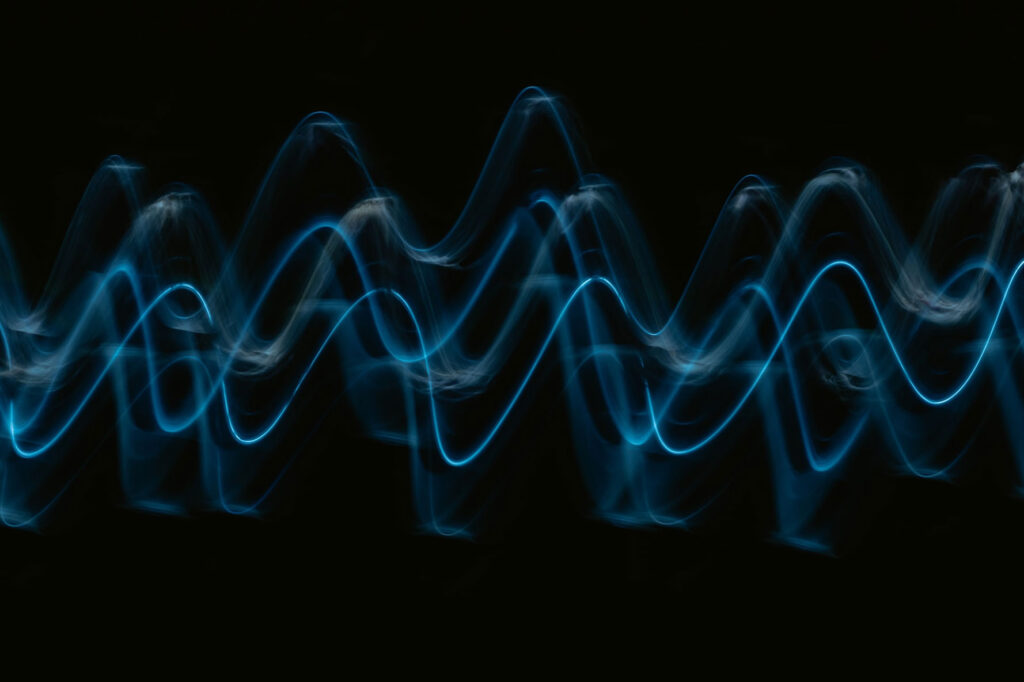
By measuring the time it takes for each pulse of sound to travel to the bottom of the tank and bounce back, the sensor can calculate the level of liquid in the tank.
If the tank is empty, it will take longer for the sound to travel down and bounce back. If liquid levels are high, the process will happen rapidly, and indicate to the holding tank sensor that you have an almost full holding tank.
Don’t worry, the frequencies emitted by the transducer are not perceptible to the human ear.
Ultrasonic Sensor Pros
While not impossible, it is way less common for an ultrasonic sensor to run into issues with getting gunked-up. And if it does encounter the build up of debris, it will not give the same type of false readings as probe and exterior style sensors.
My favorite aspect to ultrasonic sensors is that they can very accurately measure your RV holding tank levels and relay that information to you. If you can accurately read your tank levels, you will be able to confidently schedule when to refill freshwater tanks and dump waste tanks.
Ultrasonic Cons
The main disadvantage to an ultrasonic tank sensor system is that they are costly. Personally, I think it is worth the cost to be able to have such an accurate read on tank levels, but other RVers disagree.
Another small disadvantage to this system is that they are mounted in the holding tank from the top, so they require a hole to be drilled into the tank. Some cringe at the idea of any additional hole in their tank, but any technician worth their salt should have no issue installing an ultrasonic sensor with no leaks.
How Accurate Are Holding Tank Sensors?
Barring complications from the build-up of gunk, probe sensors and exterior mounted sensors will be able to approximate how full your holding tank is within 25-33%. For folks who primarily use their rigs at RV parks, these sensors are more than accurate enough and serve them well.
For the boondockers and backcountry campers among us, 25-33% is a scary range of accuracy. Those looking for a precise reading of holding tank levels will have to splurge on an ultrasonic system.
How to Clean Your Waste Tanks
Any large motorhome or fifth-wheel will likely come with both a grey water tank and a black water tank. These tanks collect all of the wastewater that is produced by the plumbing appliances in your RV. The size of your waste tanks is usually dependent upon the type and size of RV and how frequently the appliances that drain into them will be used.
While both grey and black tanks hold wastewater, the types of wastewater they hold are very different.
Grey Tank
The grey water tank holds water that has been used and is now considered spoiled. Appliances that drain into your grey water tank will be the faucets in your bathroom and galley, and if your camper has one, your shower.
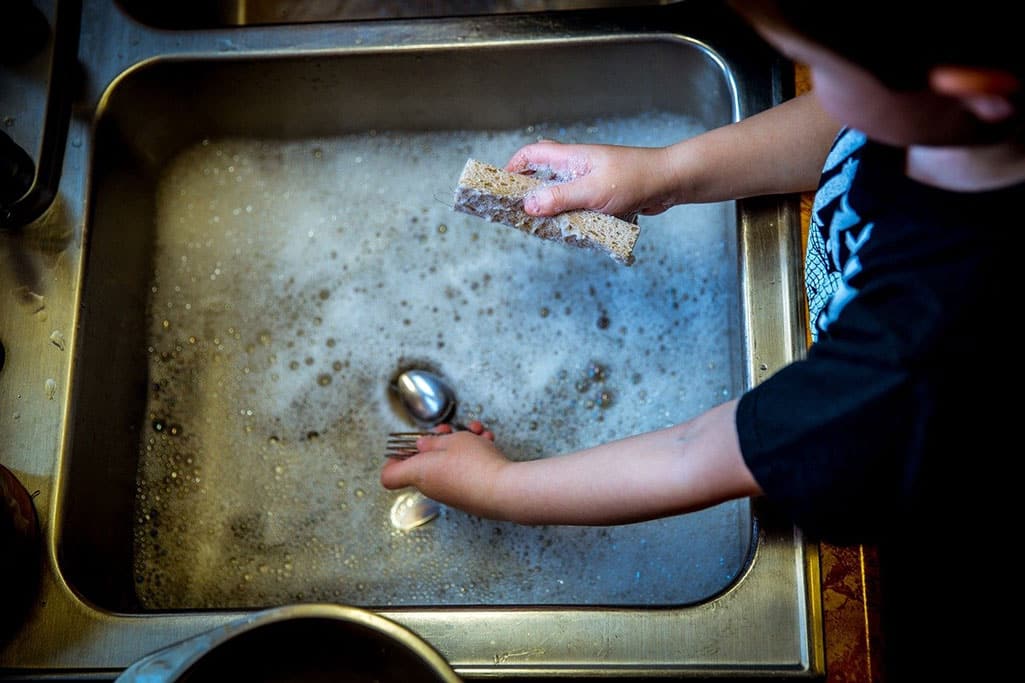
Generally, grey water is a byproduct of cleaning dishes, washing food, or bathing. It is called grey water because it often will have a greyish hue to it when drained from the tank.
Black Tank
The black water tank is often referred to as the “septic tank” or “waste tank”. This tank holds liquid and solid waste that drains from the toilet in your RV. Only RVs with toilets have a black water tank.
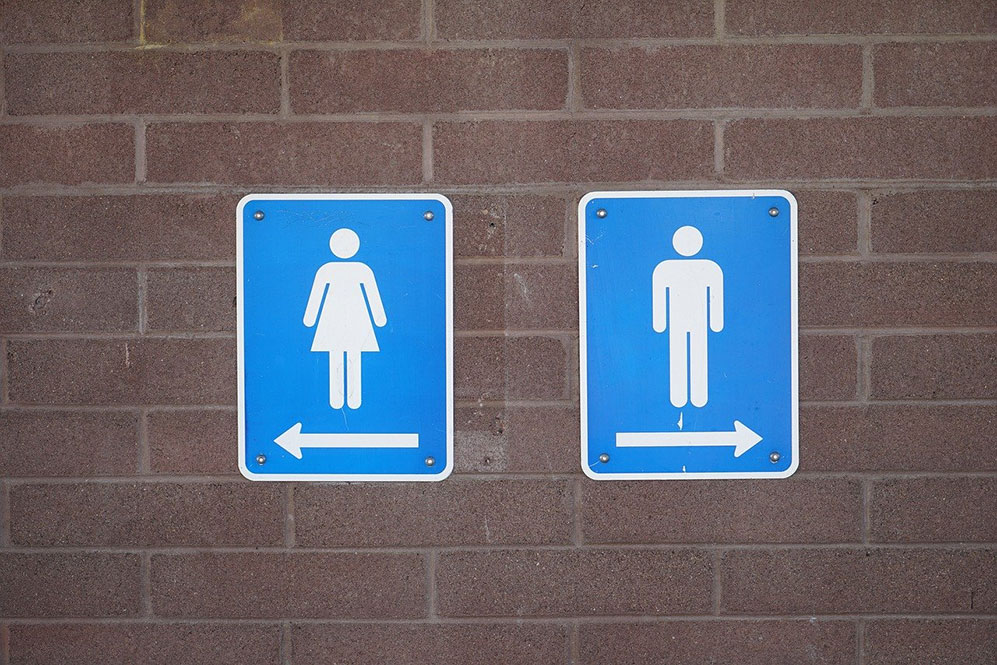
Occasionally you may come across a camper that has a combination grey and black water tank. These tanks hold all the dirty water that drains from your RV.
These tanks are called “black water” because when drained, the water is significantly darker than the grey water tank.
Why You Need to Clean Waste Tanks Regularly
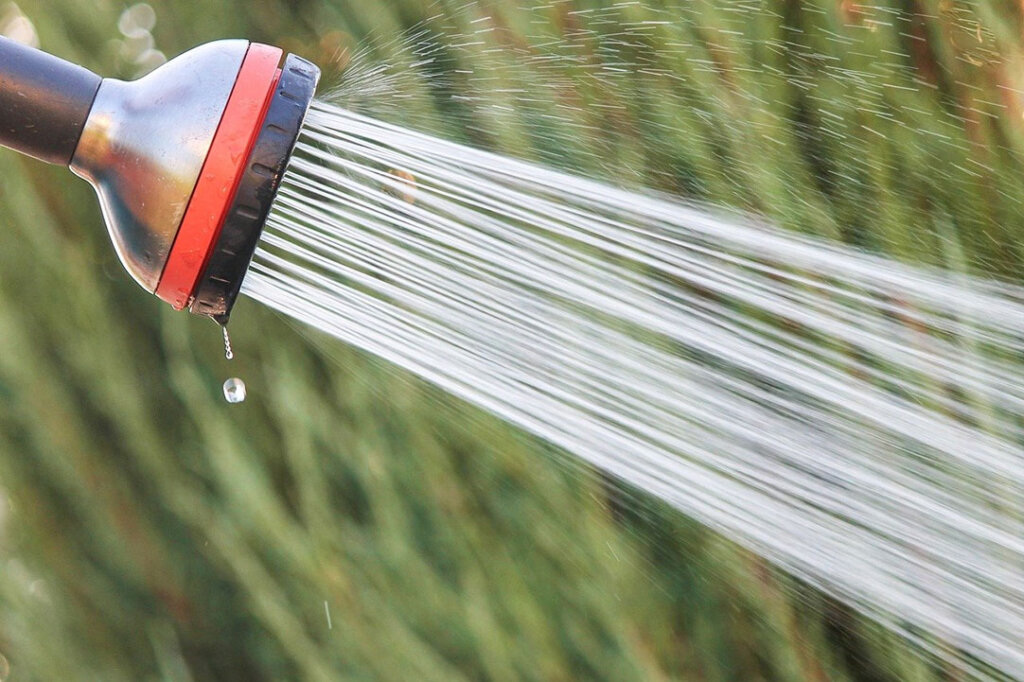
Improper care of waste tanks is the number one reason why people will encounter false readings from their tank sensors.
As you live and travel in your RV, there are all sorts of debris that can end up flowing into your holding tanks. These types of debris include:
- Solid human waste
- Food scraps (from dishwashing)
- Toilet paper
- Dirt and other solid debris from showering
Over time, these debris accumulate and can build up in hard-to-clean corners of your holding tanks, or on the tank sensors themselves. Once the debris comes in contact with your tank monitoring system, it can harden onto the components and not drain with the rest of the waste when you go to empty your tanks at a dump station.
This falsely indicates to the sensors that the tanks are more full than they actually are. People encountering this often complain that their tanks always read full, no matter how often they dump them.
Struvite
Struvite crystals are crystalline mineral growths that develop over time in septic systems and waste treatment systems. They are hard crystals composed of magnesium ammonium phosphate and are considered the scourge of waste tanks.
These crystals will literally grow up the walls of an RV holding tank and cause the same types of false readings that other types of debris will cause.
Luckily, with regular maintenance and cleaning, debris and struvite build-up shouldn’t be too much of an issue.
Cleaning Your RV Holding Tanks
In order to keep your holding tanks clean and sensors happy and gunk-free, try these four cleaning and maintenance techniques:
- Add biodegradable soap and a couple of gallons of water to both your grey and black tank. As you drive, the water and soap will slosh around, ideally preventing the build-up and hardening of debris.
- Add enzymatic tank cleaner to each tank. These enzymes act as the enzymes in your stomach and will break down human waste, food, and septic-safe toilet paper. These broken-down solids will flow more easily out of your waste hose as you dump your tanks.
- An RV tank cleaning wand is a product designed specifically to be inserted up into your black tank and clean with fresh water. The wand attaches to a regular garden hose and once inserted, violently sprays water at high pressure while spinning around. This chaos has the ability to break down hardened debris and struvite.
- Sometimes it’s time to call in the pros. An experienced RV technician will have the skills, tools, and know-how to give your RV holding tanks the TLC they need.
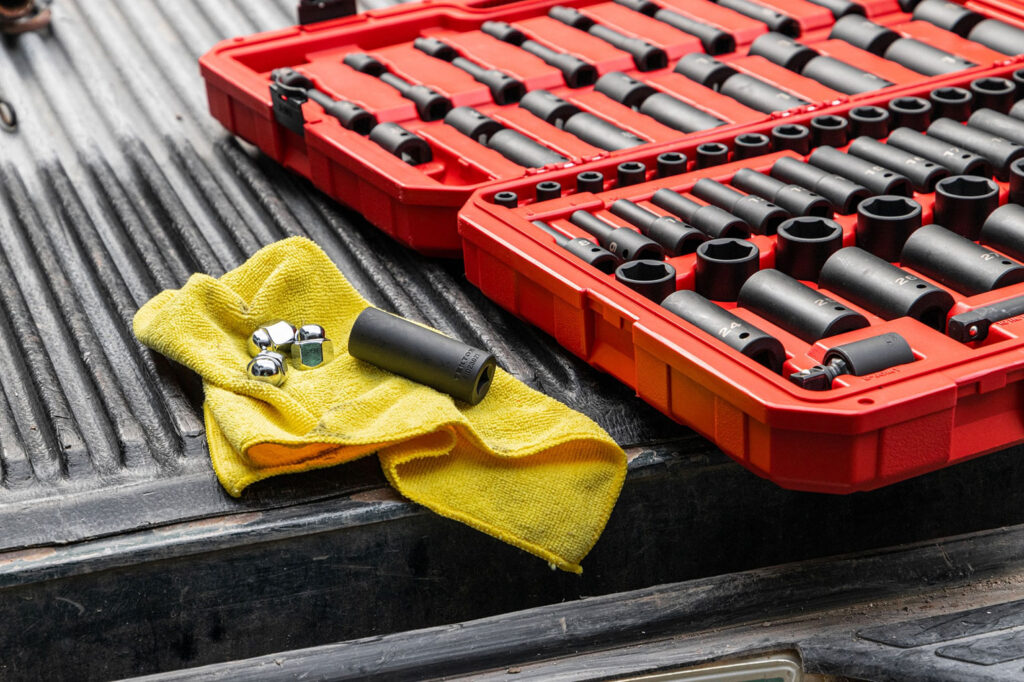
Preventative Measures
Try these preventative practices to avoid needing to clean your holding tanks as often:
- Thoroughly scrape every dish clean of food debris and trash before washing dishes.
- Toss used toilet paper into a bin instead of flushing it. Trust me, it’s not as gross as it sounds and you get used to it surprisingly quickly.
- In addition to toilet paper, toss sanitary pads and tampons into waste bins instead of flushing them into your RV holding tank.
- Use pit toilets and toilets offered at RV parks instead of always using the toilet in your camper.
- ONLY use septic-safe toilet paper. This toilet paper breaks down more easily than regular TP and won’t clog your system as fast.
How to Replace an RV Holding Tank Sensor
So you’ve cleaned your tanks thoroughly and the tank level sensors are still not functioning properly. Looks like they have stopped working and it’s time to replace them.
To do this, first figure out the part number for the part that needs to be replaced. You may need to do some in-depth online sleuthing to accomplish this. Then order the part from either the manufacturer, or an after-market supplier.
From here, the steps are going to differ largely with each type of sensor. I suggest setting up a video camera and recording yourself methodically taking apart the system. Reference the internet and YouTube tutorials when you hit a tricky spot.
Then, once you’ve removed the broken unit, play the video you recorded, and follow those same steps in reverse. I’ve been a carpenter and technician most of my life, and this is an almost fool-proof way to ensure you can reassemble a system after taking it apart.
Pro-tip: Be extremely organized with bits of the hardware removed from the system. You’ll thank yourself later.

Don’t Be Afraid to Ask for Help
Sometimes a task is simply too complex or daunting to take on yourself. If that’s the case with replacing a tank sensor, an RV technician will be more than happy to do the job for you.
Conclusion
With proper care, you should have no problem keeping your holding tank sensors clean and functioning properly for the whole life of your camper. And now that you’ve read through this article, hopefully, you have some ideas on what to do if you think your tank sensors might be giving you false readings or not working entirely.
The plumbing system in an RV is a true luxury and comfort out in nature. Take care of it, and it will take care of you. Happy camping!

